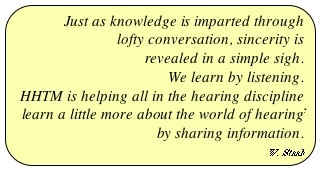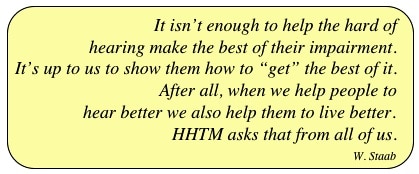Sep. 05, 2017
In part 1 of this blog series several issues were touched upon such as the relative uselessness of using gross measures such as puretone testing to determine the true nature of hearing loss from loud music or loud noise. In short, puretone hearing loss thresholds (and also otoacoustic emission (OAE) testing) are rather gross, albeit convenient, measures of hearing loss.









